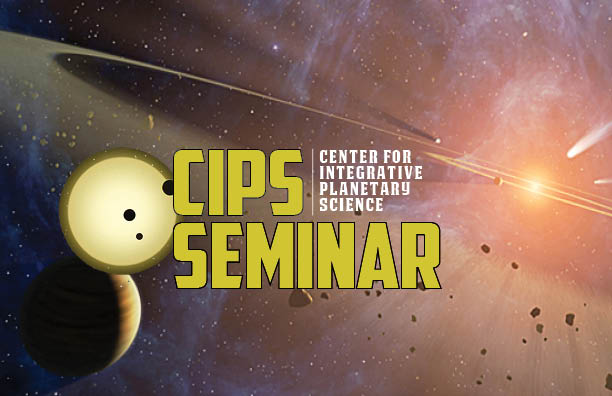CIPS Seminar: Enceladus Series 3-30
Wed, March 30, 2016

Jeffrey Fung (UC Berkeley) – "Planetary Gap Opening in 3D"
Disk gaps opened by giant planets are some of the most prominent features of disk-planet interaction, and are often used as indirect evidence of planet formation. In the past, theoretical studies of these gaps have been limited to 2D models that assume thin disks. In this talk, I will present 3D hydrodynamical simulations of planetary gaps, revealing the 3D gap structure and flow pattern. I will describe the 3D disk dynamics not captured by previous 2D studies, and discuss its effects on both disk and planet evolution. In the end, I will also address how our results may impact current interpretations of observed disk gaps.
Thomas Esposito (UC Berkeley) – "Bringing "The Moth" (and other Debris Disks) to Light with the Gemini Planet Imager Exoplanet Survey"
The Gemini Planet Imager Exoplanet Survey's debris disk program aims to reconstruct the early evolution of planetary systems by studying interactions between planets and circumstellar debris. One of the program's targets, HD 61005, is of particular interest because its ~40 Myr old debris disk (a.k.a. "The Moth") displays an unusual swept-back morphology, brightness asymmetries, and a dust ring offset from the host star. To explain these features, we have modeled a scenario in which the disk material is dynamically shaped by an eccentric, inclined planet. Supporting this model we have new Gemini Planet Imager and Keck NIRC2 near-infrared imaging of the disk that probes its inner and outer morphology, respectively, from 10 to 140 AU. Our simulations indicate that the planet-sculpting scenario is plausible and could be driven by a wide variety of planets, ranging from an Earth mass (if a~55 AU) to a Jupiter mass (if a~10 AU). The talk will conclude with a teaser of recent disk survey discoveries that may shed additional light on the composition of dust in similar systems.
